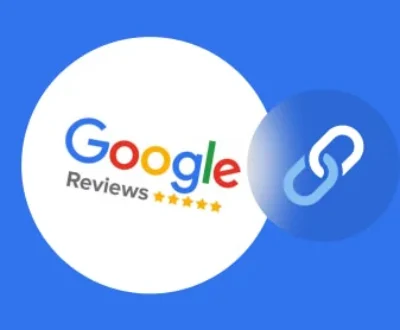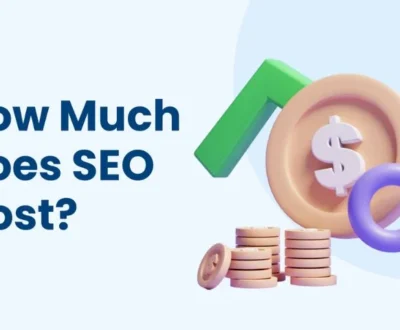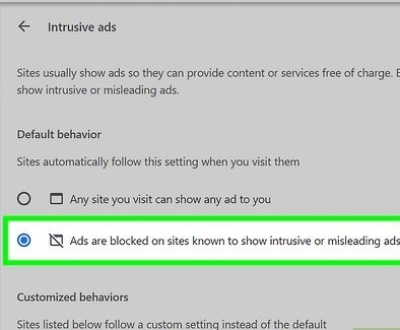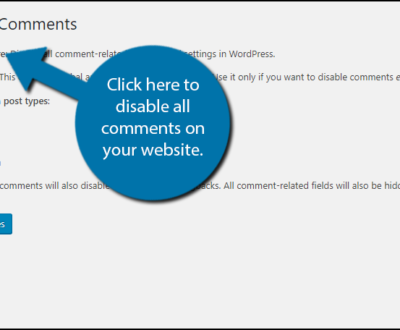The cost to advertise on Google Ads varies widely based on numerous factors, including industry, competition, keyword selection, and campaign goals. On average, businesses can expect to pay between $0.11 and $0.50 per click, with monthly budgets ranging from $100 to over $10,000, depending on their objectives and audience targeting. Factors like Quality Score, search intent, and geographic location play a crucial role in determining costs, while bidding strategies and the use of negative keywords can help optimize spending. For small businesses, starting with a realistic budget of $1,000 to $2,000 AUD per month is common. Understanding how much to advertise on Google Ads requires careful planning, continuous optimization, and monitoring key metrics like ROI and conversion rates to ensure success.
Introduction
Google Ads, formerly known as Google AdWords, remains one of the most powerful digital marketing solutions available to business owners. Whether you’re targeting competitive keywords, broad terms, or niche markets, Google Ads allows you to connect with potential customers at various stages of their customer journey.
Understanding the cost of advertising on Google Ads is essential for setting a realistic budget, optimizing campaigns, and achieving your marketing goals. This guide dives into Google Ads pricing, the numerous factors influencing costs, and how to make the most of your advertising budget.
Understanding Google Ads Pricing Structure
Cost-Per-Click (CPC) Model
Google Ads operates on a cost-per-click (CPC) basis, meaning you pay only when a user clicks on your ad. Your actual cost is determined by an auction process based on competition levels and your Quality Score.
Daily Ad Budget and Spending Limits
Your daily ad budget is the maximum cost you’re willing to spend on a campaign each day. Google ensures your monthly spending limit doesn’t exceed 30.4 times your daily budget.
Auction Process
The highest-bid-wins auction doesn’t always mean you pay the most. Ads with high-performing keyword strategies and better Quality Scores can win higher placements at lower costs.
Factors Affecting Google Ads Costs
Numerous factors influence Google Ads costs, including:
Industry and Competition
Competitive verticals, such as the insurance or legal industries, often have expensive keywords. For example, insurance keywords can have CPCs exceeding $50.
Quality Score and Ad Rank
Quality Score is a crucial factor in determining your CPC. It’s based on your ad relevance, landing page quality, and expected CTR (click-through rate). High scores reduce costs and improve placements.
Search Intent and Commercial Intent
Search queries with high commercial intent (e.g., “buy running shoes”) are costlier than those with informational intent (e.g., “what are the best running shoes?”).
Geographic Targeting and Audience Segments
Advertising costs vary by target location and preferred location. Targeting users in locations with higher competition levels, like major cities, tends to be more expensive.
Ad Scheduling and Device Targeting
Costs fluctuate based on times of day and devices. Ads during peak hours on mobile devices often have higher CPCs due to increased competition for keywords.
Keyword Match Types and Negative Keywords
Using broad search terms can result in irrelevant impressions, driving up costs. Incorporate negative keyword lists to filter out irrelevant keywords and improve your ROI.
Average Google Ads Costs in 2025
Here’s what you can expect:
| Metric | Average Cost |
|---|---|
| Cost Per Click (CPC) | $0.11 – $0.50 |
| Monthly Spend (Most Businesses) | $100 – $10,000 |
| Cost Per 1,000 Impressions (CPM) | $0.51 – $1.00 |
Average Costs by Industry
| Industry | Average CPC |
|---|---|
| Legal Services | $5.88 |
| Apparel Industry | $1.50 |
| Insurance Industries | $5.00+ |
| E-commerce | $1.16 |
How Google Calculates Your Actual CPC
Your actual cost is determined by this formula:
(Ad Rank of the ad below yours / Your Quality Score) + $0.01
Example Calculation
If the Ad Rank of the competitor below you is 10 and your Quality Score is 5, your actual CPC is:
(10 ÷ 5) + $0.01 = $2.01
Setting Your Google Ads Budget
Daily and Monthly Budget Allocations
- Set a daily spending limit to control costs.
- Use budget pacing to ensure your current budget lasts the entire month.
Determining a Realistic Budget
Start small—around $500-$1,000 per month—and adjust based on insights into user behaviour and campaign performance.
Bidding Strategies
Smart Bidding Strategies
Google AI-powered Smart Bidding options include:
- Maximize Conversions: Ideal for businesses seeking a high conversion rate.
- Target ROAS: Focuses on achieving a maximum return on ad spend.
Manual vs. Automated Bidding
| Bidding Option | Pros | Cons |
|---|---|---|
| Manual Bidding | Full control | Time-consuming |
| Automated Bidding | Saves time, uses real-time data | Limited control over bids |
Tips for Optimizing Google Ads Costs
- Optimize Landing Page Content
Ensure your landing page experience is fast, relevant, and aligned with your ads. - Refine Keyword Lists
Use long-tail, low-competition keywords and exclude irrelevant search terms. - A/B Test Responsive Search Ads
Experiment with multiple headlines and descriptions to identify high-performing ads. - Monitor Consumer Behaviour and Trends
Adjust campaigns to align with current trends and consumer demand. - Integrate Google Analytics
Gain deeper insights into user behaviour to refine your advertising requirements.
Google Ads Costs for Small Businesses in Australia
Small businesses typically spend $1,000-$2,000 AUD monthly on Google Ads. For those targeting a vast audience, spending limits can increase based on advertising goals and competition levels.
Hidden Costs to Consider
- Agency Fees: Marketing agencies may charge 10%-20% of your monthly ad spend.
- Time Investment: Campaign setup and optimization require significant effort.
- Additional Costs: Tools like Google Analytics or landing page builders can add to the total cost of advertising.
Measuring ROI on Google Ads
Track these key metrics to evaluate performance:
- Conversion Rate
- Impression Share
- ROAS (Return on Ad Spend) = Revenue ÷ Advertising Costs
Step-by-Step Guide: Setting Up Your First Google Ads Campaign
- Define Campaign Goals and Objectives
- Select Your Campaign Type (Search Network, Display Network, etc.)
- Set Target Audience and Location Exclusions
- Choose Bidding Range and Daily Budget
- Create Ads with High-Performing Keywords
- Add Negative Keywords to Avoid Irrelevant Impressions
- Launch and Monitor Campaign History
FAQs
1. How much does Google Ads cost for small businesses?
Small businesses typically allocate $1,000-$2,000 AUD monthly to their advertising budget.
2. What are expensive keyword categories?
Industries like insurance, legal, and finance have high CPCs due to commercial intent and competition levels.
3. How can I improve my landing page experience?
Focus on landing page quality, speed, mobile optimization, and relevance to the ad.
4. What are negative search keywords?
These are keywords you exclude from campaigns to avoid irrelevant clicks.
5. How do bidding options impact advertising costs?
Manual bidding gives more control, while automated options like Smart Bidding strategies optimize for conversions or ROAS.
Conclusion
Google Ads offers a wide range of options for business owners to grow their online presence. Whether you’re targeting broad keywords or competitive industries, understanding advertising costs and focusing on key factors like Quality Score and campaign goals will help you achieve maximum ROI.
Start small, track your results, and refine your strategy for future campaigns.
Key Takeaway: Google Ads is a flexible, powerful tool that, with the right strategies, can drive significant results for businesses of all sizes.
About us and this blog
We are a Full-Service Sales & Marketing provider that aims to help small to medium businesses increase their leads and sales while helping remove the business owners from their day-to-day activities so they can focus more on the long-term goals of their business.
Book a Meeting with us!
We offer Done-For-You Sales, Sales Coaching, and Advisory as well as Digital Marketing Services. If you want to increase the leads generated for your business and need some guidance and accountability, book a call with us now.
Subscribe to our newsletter!
More from our blog
See all postsRecent Posts
- How to Protect WordPress Website from Hackers April 24, 2025
- How to Change WordPress Admin Password April 24, 2025
- How Much are Meta Ads April 17, 2025









